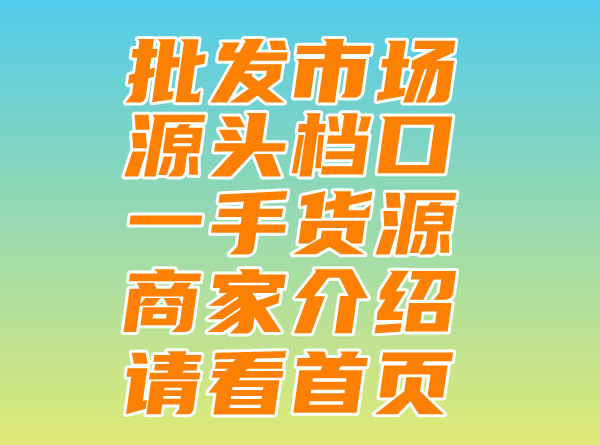Fakes in the Shadows: The Worltof Luxury Replica.
Fakes in the Shadows: The Worltof Luxury Replica.,
The Dark Reality of Fake Luxury Goods
In the contemporary world, luxury goods have become a status symbol for many individuals. These products, ranging from high-end handbags to fine jewelry, often hold a significant monetary value and social cachet. However, within this fascination with authenticity, an undercurrent of deceit and exploitation has been brewing - the rise of dark counterfeiting.
The Epidemic of Fake Luxury Goods
As the market for genuine luxury goods continues to expand, an industry of fake luxury has flourished. With sophisticated manufacturing techniques and an acute understanding of consumer desires, these counterfeit producers create items that are eerily similar to their genuine counterparts. While some may opt for these knockoffs for their lower price tags, the impact on genuine brands and the consumer goes far beyond mere financial loss.
The fashion industry has been particularly affected by this trend. High-end handbags and accessories are often targeted by counterfeiters who use subtle variations in branding and craftsmanship to deceive unsuspecting buyers. These items may look identical at first glance but often lack the quality, durability, and attention to detail that genuine luxury brands offer.
Moreover, the proliferation of these fake goods has led to a distortion of consumer perceptions. As more people opt for buying counterfeit items due to affordability reasons or an inflated sense of status associated with brand names, the real danger lies in eroding societal values.
For luxury brands themselves, the loss of revenue from fake goods is immense. With decreased brand integrity and tarnished reputation, genuine luxury brands face the challenge of rebuilding trust in a market cluttered with inferior copies.
The Darker Side of Fake Luxury
Beyond the superficial impact on consumer perceptions and brand value, there are deeper consequences to consider. The production of counterfeit goods often involves unethical labor practices and a disregard for consumer safety standards.
In many cases, these fake luxury items are produced in conditions that prioritize speed and quantity over quality control. This results in a potentially hazardous cycle where poor-quality products are sold to consumers who may not even realize they are buying fakes.
Moreover, the influx of counterfeit goods into the market often undermines legitimate businesses and can lead to job losses in legitimate manufacturing sectors.
In conclusion, the rise of fake luxury goods is not just a superficial threat to high-end brands but also a complex issue that encompasses consumer safety, ethical manufacturing practices, and societal values. As we continue to embrace luxury culture, it’s vital to be vigilant and opt for genuine goods that uphold true quality, integrity, and craftsmanship.

- 仿奢侈品女包风潮:时尚魅力与实用并重
- Luxury Jewelry Brand Knockoffs: The Insight on High-End Imitations
- Luxury Fake Brands in Foreign Trade: Origin, Impact and Trends
- Luxury Goods High-Quality Replicas: The Fine Art of Imitation.
- Luxury Fake LV Scarf: The Ultimate Guide to Fashion Accessory Simulations
- Taiwan's High-End Luxury Knockoffs: The Real or Fake Dilemma
- Title: "The Rise of Fake Luxury Goods in Micro-commerce: A New Trend Analysis"
- China's Luxury Replica Market: The Inside Story


